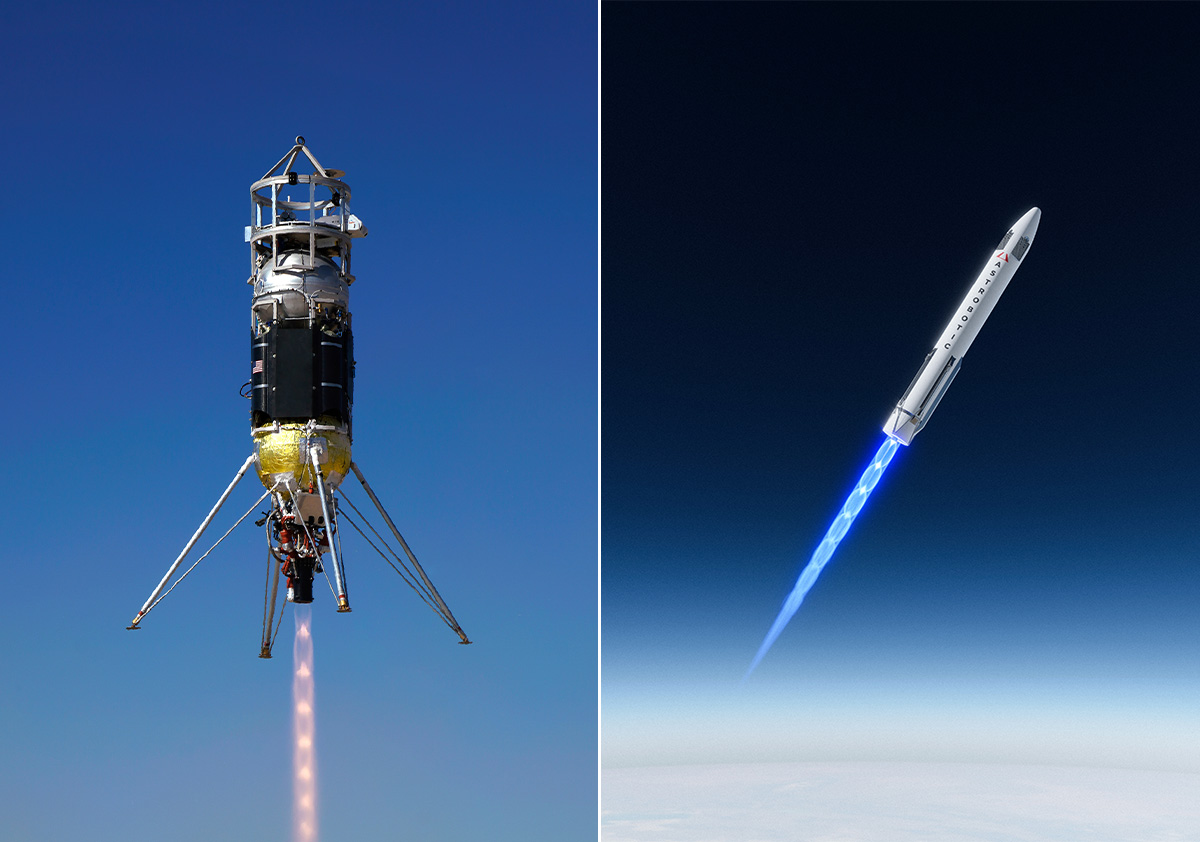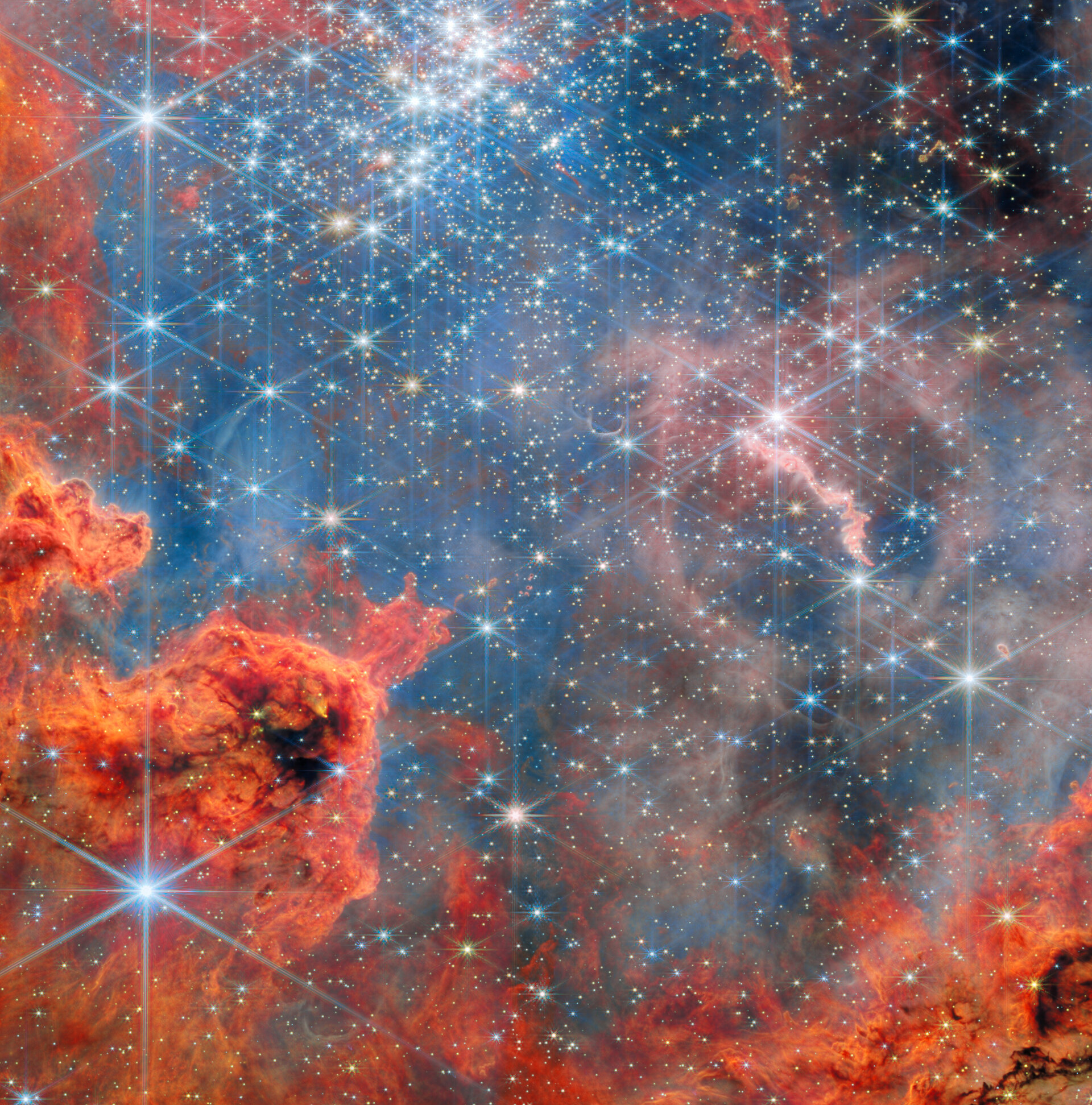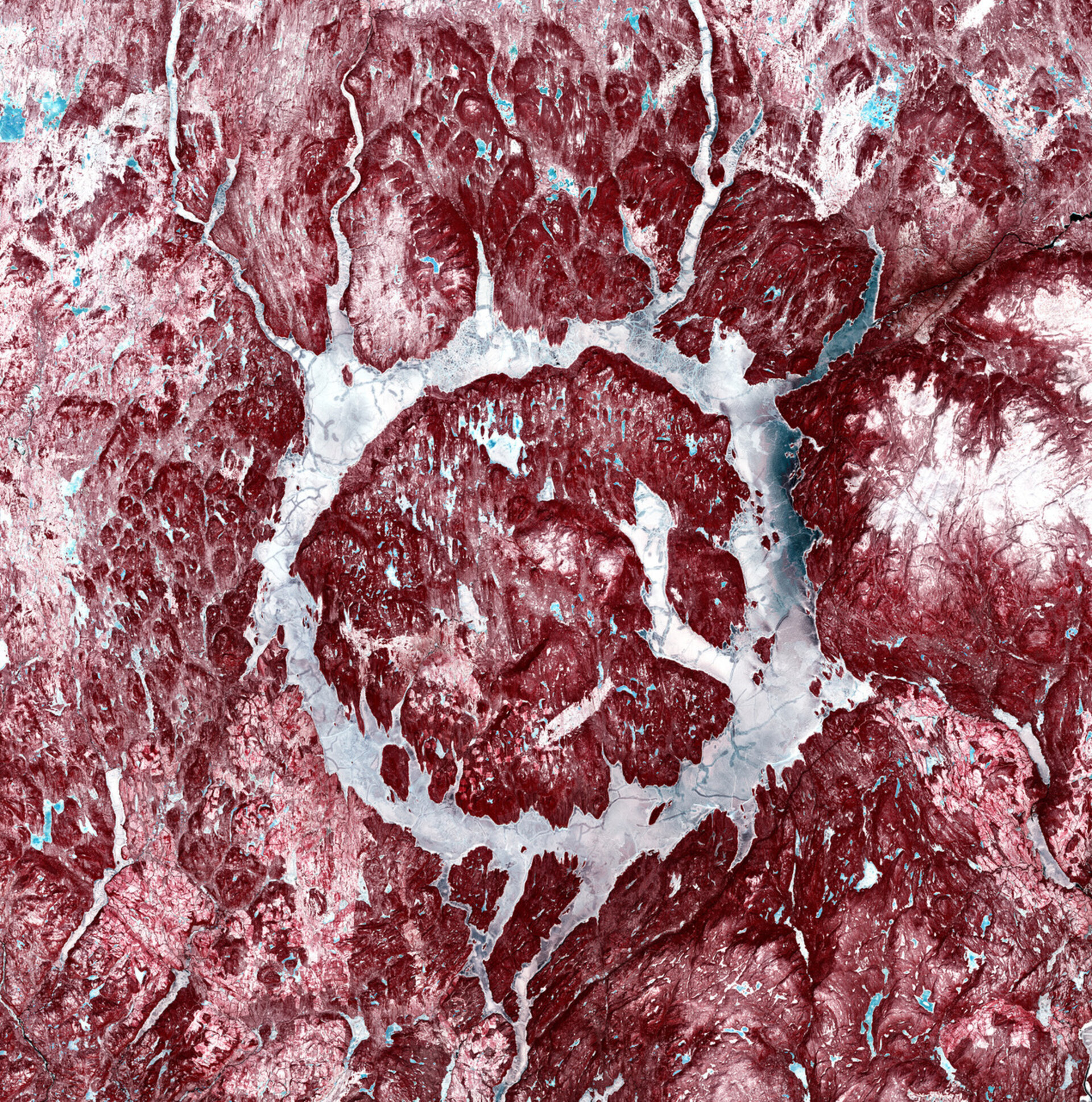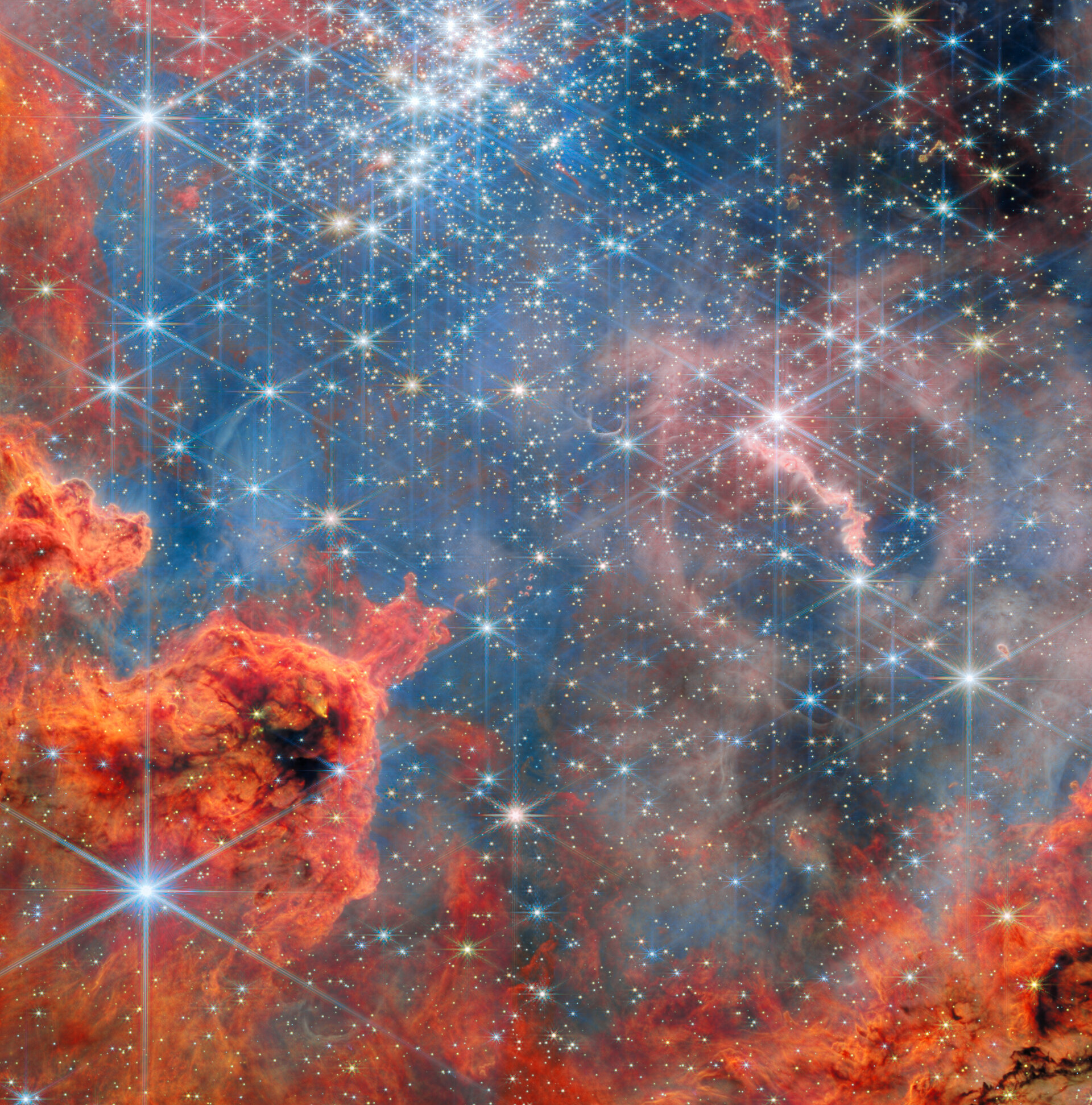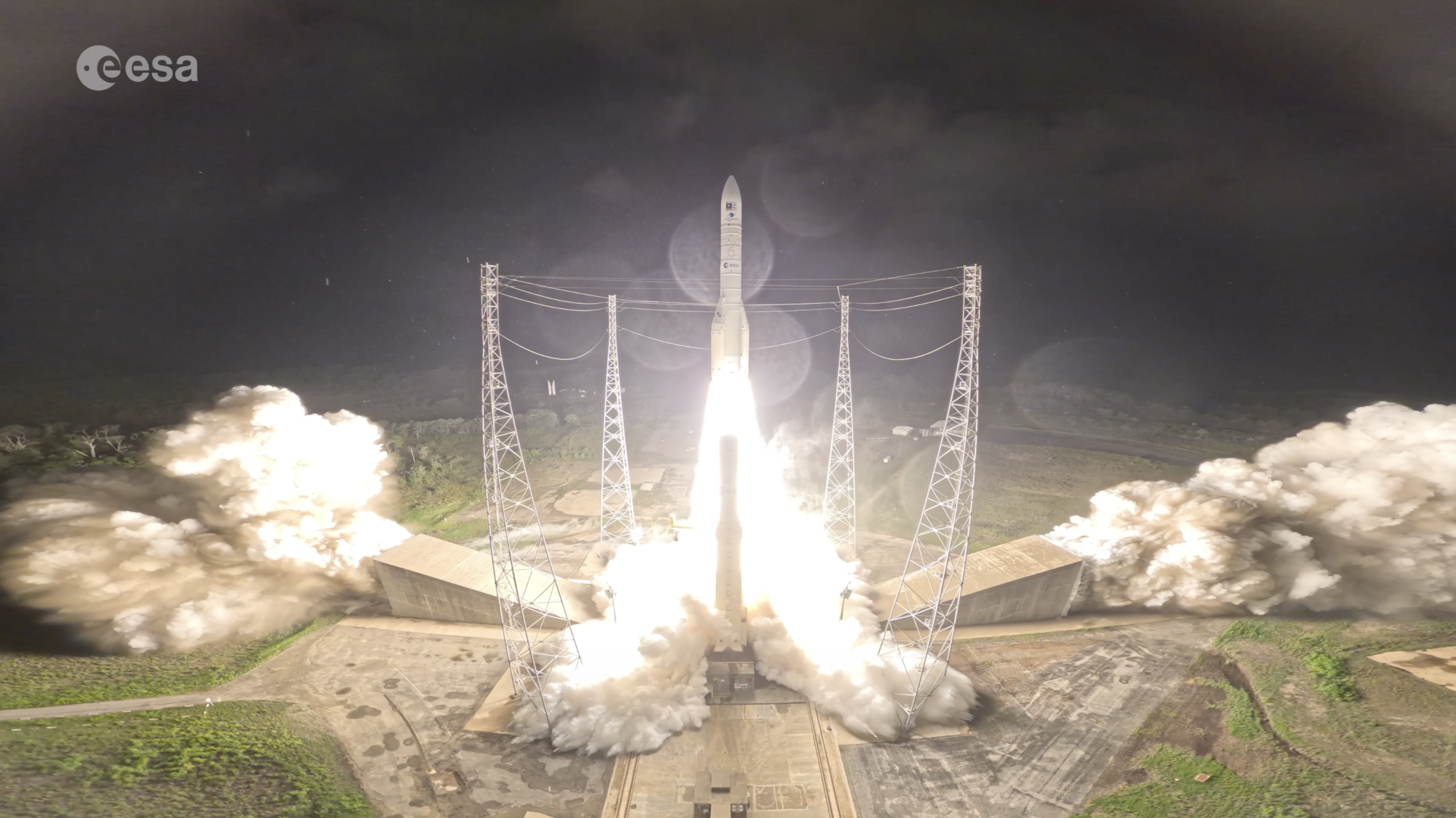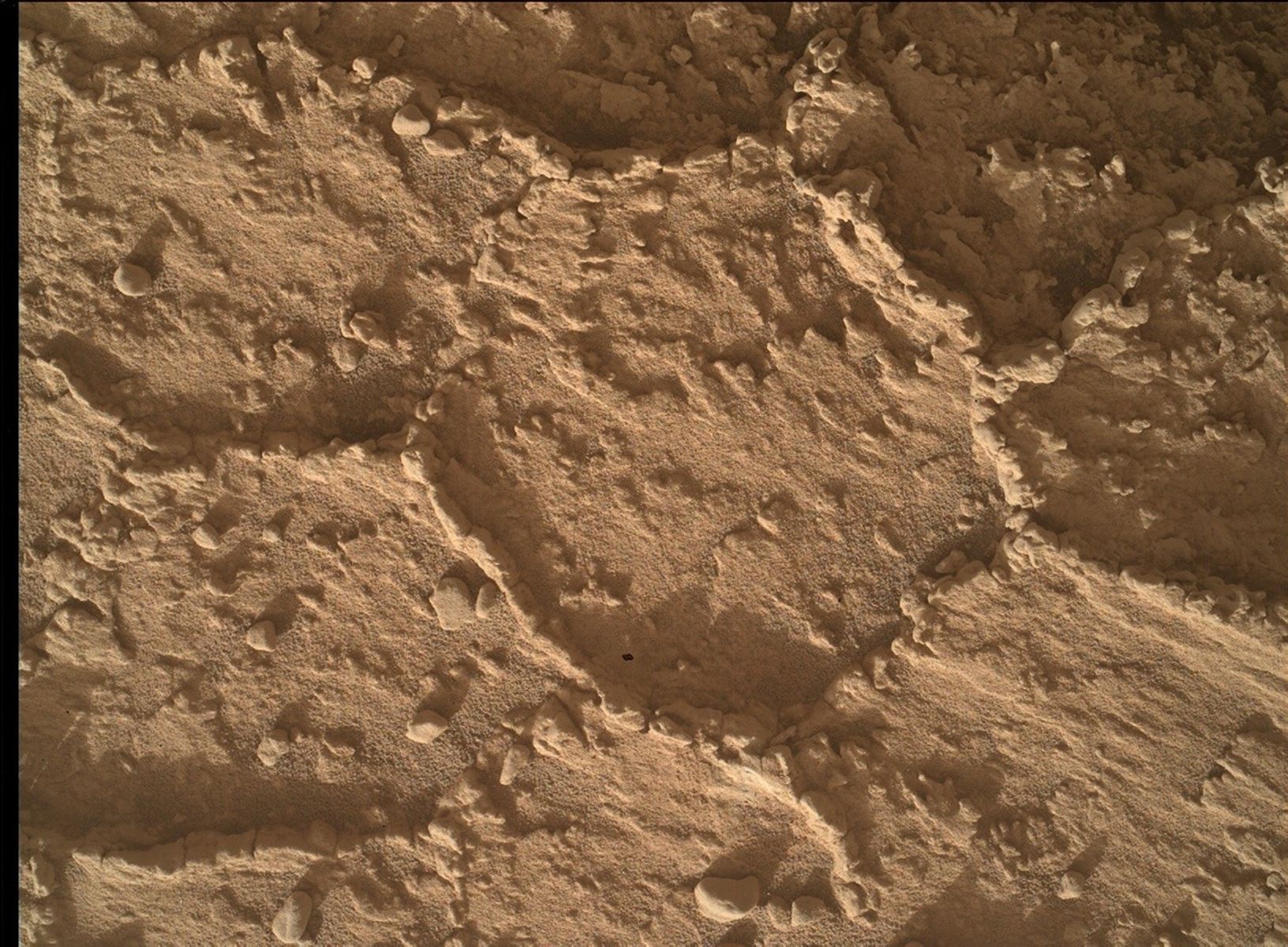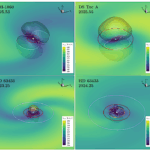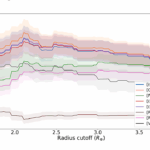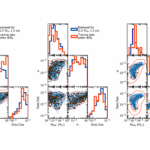Blast Off in Style with the Tee Luv Men’s NASA Space Shuttle Shirt! Prepare for takeoff with an extraordinary blend of heritage, comfort, and cosmic style—a tribute to humanity’s quest
WASHINGTON — Astrobotic said Dec. 19 it has won $17.5 million in NASA and military contracts to develop three new reusable suborbital vehicles for technology demonstrations and other applications. The
Explore Hubble Hubble Home Overview About Hubble The History of Hubble Hubble Timeline Why Have a Telescope in Space? Hubble by the Numbers At the Museum FAQs Impact & Benefits
3 Min Read Betelgeuse and the Crab Nebula: Stellar Death and Rebirth This highly detailed image of the Crab Nebula was assembled by combining data from five telescopes spanning nearly
The final ESA/Webb Picture of the Month feature for 2025 showcases a festive-looking region filled with glowing clouds of gas and thousands of sparkling stars. This star cluster, known as
This week Earth from Space features a wintery image: a red and white sphere that, if seen from a distance, resembles a festive decoration. Zoom in to explore this image
The final ESA/Webb Picture of the Month feature for 2025 showcases a festive-looking region filled with glowing clouds of gas and thousands of sparkling stars. This star cluster, known as
On December 17, 2025, two new satellites for Europe’s Galileo navigation system were successfully launched from the Spaceport in French Guiana. This marked the 14th mission of the operational satellite
Curiosity Navigation Curiosity Home Mission Overview Where is Curiosity? Mission Updates Science Overview Instruments Highlights Exploration Goals News and Features Multimedia Curiosity Raw Images Images Videos Audio Mosaics More Resources
WASHINGTON — The White House issued a sweeping executive order on space policy Dec. 18 covering topics from NASA’s exploration plans to space security. The order, “Ensuring American Space Superiority,”
-
 01From Polymerization-Enabled Folding and Assembly to Chemical Evolution: Key Processes for Emergence of Functional Polymers in the Origin of Life
01From Polymerization-Enabled Folding and Assembly to Chemical Evolution: Key Processes for Emergence of Functional Polymers in the Origin of Life -
 02Panasonic Leica Summilux DG 15mm f/1.7 ASPH review
02Panasonic Leica Summilux DG 15mm f/1.7 ASPH review -
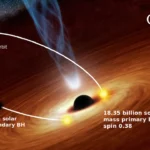 03Two Black Holes Observed Circling Each Other for the First Time
03Two Black Holes Observed Circling Each Other for the First Time -
 04How New NASA, India Earth Satellite NISAR Will See Earth
04How New NASA, India Earth Satellite NISAR Will See Earth -
 05And Thus Begins A New Year For Life On Earth
05And Thus Begins A New Year For Life On Earth -
 06Astronomy Activation Ambassadors: A New Era
06Astronomy Activation Ambassadors: A New Era -
07SpaceX launch surge helps set new global launch record in 2024



